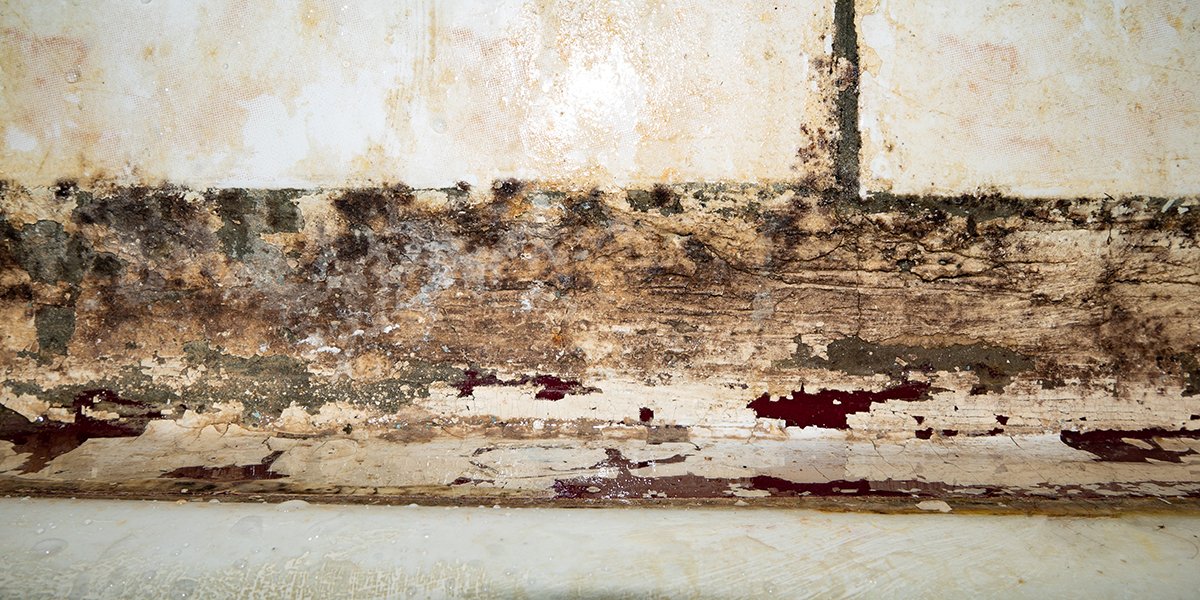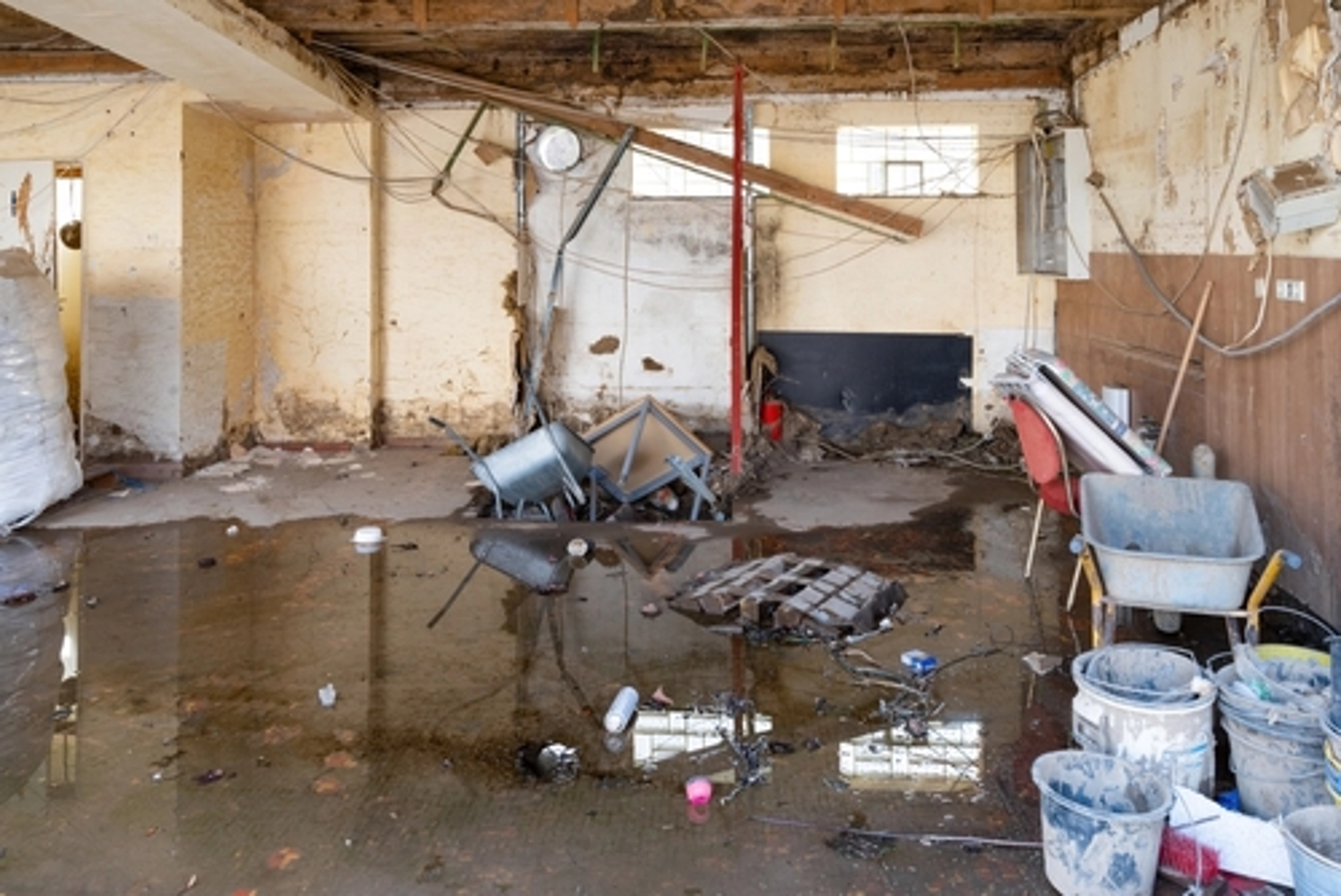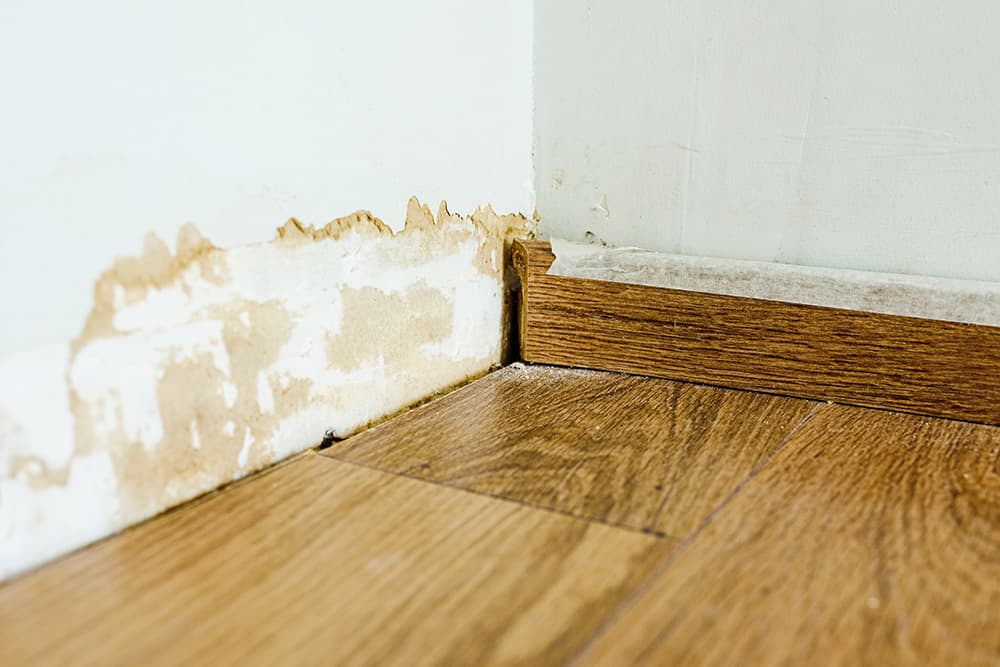Professional Water Damage Restoration for Homes and Businesses Near You
Wiki Article
The Process of Water Damage Clean-up: Ensuring Your Home Is Brought Back Efficiently
Water damages can be a difficult difficulty for homeowners, necessitating a precise and structured cleaning process to restore safety and security and functionality. Originally, a detailed assessment is important to determine the level of the damages and figure out the ideal remediation procedures. Following this, effective water removal techniques play an essential duty in minimizing more injury. Nonetheless, the nuances of drying out, sanitizing, and ultimate restoration are just as essential and usually overlooked. Recognizing these phases can make a substantial difference in the result of your home's reconstruction, triggering a closer consider what each action requires.Assessing the Damages
Upon finding water damages, the initial step is to completely evaluate the degree of the effect. This initial assessment is vital, as it aids figure out the essential steps for efficient clean-up and reconstruction. Begin by evaluating the impacted locations, consisting of walls, ceilings, floors, and personal valuables, to determine the resource of the water breach, whether from flooding, leakages, or condensation.Documenting the damages is crucial for both insurance coverage cases and intending restoration initiatives - damage restoration services. Use pictures and created notes to capture the seriousness of the damages, keeping in mind any kind of damaged architectural components and materials. Pay special attention to areas that may not be right away visible, such as behind wall surfaces and under carpetings, as concealed dampness can cause additional problems, consisting of mold and mildew growth
Additionally, assess the timeline of the water exposure. Eventually, a thorough assessment lays the groundwork for an effective water damages cleaning procedure, making sure that all impacted areas are addressed effectively and thoroughly.
Water Extraction Strategies

Experts typically utilize completely submersible pumps for larger quantities of water, which can quickly alleviate flooding in cellars or various other impacted locations. For smaller quantities, wet/dry vacuums are typically utilized to remove residual dampness from carpets and tough surfaces. Furthermore, using portable extractors allows for targeted removal in constrained rooms or locations with delicate materials.
In circumstances of contaminated water, such as sewer or floodwater, advanced extraction strategies may entail the usage of biohazard equipment to guarantee safety and compliance with health regulations. High-powered extraction tools are essential in minimizing water retention in architectural products, which can lead to mold development and architectural damage otherwise dealt with immediately.
Ultimately, the efficiency of water extraction techniques plays a crucial function in the general success of the water damage cleanup process, preparing for succeeding remediation efforts.
Drying and Dehumidification
When standing water has been successfully removed, the next important stage in the water damages cleaning procedure is drying out and dehumidification. This step is vital to prevent additional damages and mold growth, which can happen within 24 to two days in wet settings.To achieve efficient drying out, specific devices such as industrial-grade air moving companies and dehumidifiers is used. Air movers flow air across damp surfaces, enhancing dissipation damage restoration services prices, while dehumidifiers lower moisture levels airborne, promoting a conducive environment for drying. The mix of these devices ensures that dampness is extracted from furnishings, wall surfaces, and floorings, enabling them to dry completely.
It is very important to keep track of the drying procedure carefully. Specialists usually use wetness meters to analyze the wetness web content in different products, making certain that all influenced locations get to appropriate dry skin degrees. This thorough technique aids to avoid hidden wetness pockets that could result in structural damage or unhealthy mold development.

Cleansing and Sterilizing
After the drying out and dehumidification phase is full, the next vital action in water damages clean-up is cleansing and sterilizing the influenced locations. This procedure is important to stop the growth of mold, bacteria, and other pathogens that flourish in wet atmospheres.The cleansing stage commonly involves getting rid of any type of debris, dirt, and impurities from surfaces utilizing specialized cleansing agents. For difficult surface areas, a combination of soap and water or industrial cleaning products is usually employed. Soft materials, such as upholstery and carpets, may need extra comprehensive cleansing approaches, consisting of vapor cleansing or deep extraction techniques, to ensure detailed sanitation.

Disinfecting complies with cleaning, utilizing EPA-approved anti-bacterials to eliminate dangerous bacteria. This step is necessary, particularly in locations that might have entered contact with floodwaters or sewer, as these sources can posture major health risks.
Additionally, it is essential to address any kind of remaining smells, which may call for making use of odor neutralizers or innovative strategies like ozone treatment. Appropriate cleaning and sanitizing not only restore the security and hygiene of your home but also prepared for effective reconstruction and fixings in succeeding phases of the water damages clean-up process.
Remediation and Fixings

Once the assessment is complete, reconstruction efforts can begin. Furthermore, flooring may call for similar attention, depending on the degree of water direct exposure.
It is important to involve seasoned remediation experts during this procedure, as they possess the expertise to manage complicated repair services successfully. Moreover, they can aid alleviate potential future concerns, such as mold growth or structural instability, hence ensuring a secure and habitable living environment. Eventually, efficient remediation and repair services bring back the home's integrity and improve its general value.
Conclusion
Finally, the process of water damages cleaning is vital for bring back a home to its pre-damage condition. Each phase, from evaluating the damage to implementing reliable water removal methods, complied with by extensive drying, sanitizing, and required fixings, plays an important duty in guaranteeing safety and conformity with building criteria. Effective execution of these actions not just reduces immediate damages but additionally improves the long-term honesty and value of the home.Water damage can be a daunting difficulty for home owners, requiring a structured and precise cleaning process to recover safety and performance. Inevitably, an extensive evaluation lays the foundation for an effective water damages cleaning process, ensuring that all affected locations are addressed efficiently and thoroughly.
Effective water removal strategies are necessary in minimizing damage and avoiding additional complications following a water intrusion occasion.In verdict, the procedure of water damage cleaning is essential for recovering a home to its pre-damage problem. Each phase, from evaluating the damages to applying reliable water removal strategies, adhered to by extensive drying out, sterilizing, and needed repair work, plays a vital function in guaranteeing security and conformity with building requirements.
Report this wiki page